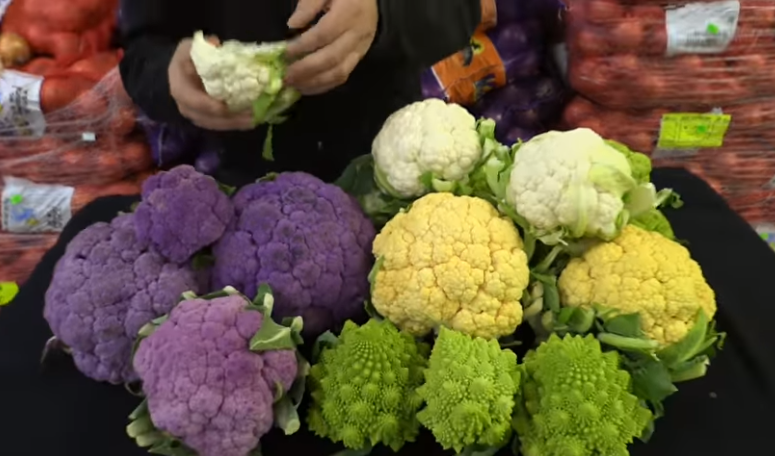
Do you know there are many types of broccoli available out there? The purple variety even exists for your best interest.
Whether to consume raw or cook, broccoli is simply a healthy and delicious vegetable that is worth growing in your garden.
Therefore, this article will show you some of the most popular varieties of broccoli before you pursue to grow one at home.
What Is Broccoli and Its General Benefits?
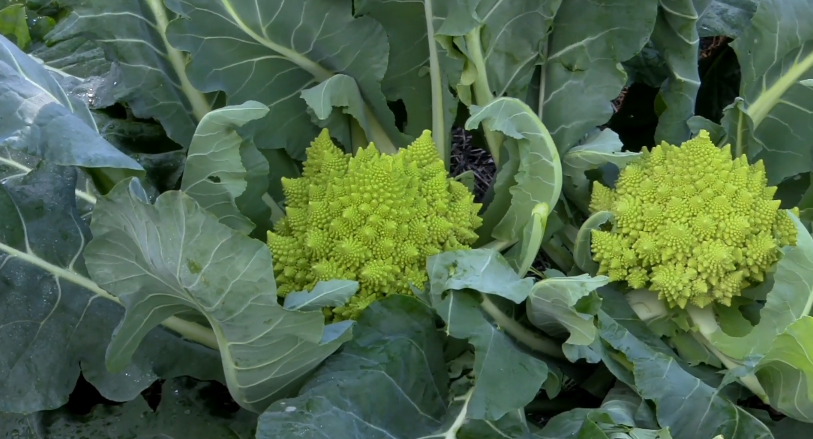
Broccoli is a kind of cruciferous veggie that belongs to the cabbage family. Thus, the vegetable is under the same umbrella as kale and Brussel sprouts.
Furthermore, consuming broccoli can encourage various health benefits as this veggie contains various vitamins, fiber, calcium, and some anti-inflammatory properties.
Different Types of Broccoli That Please the Eye and Tongue
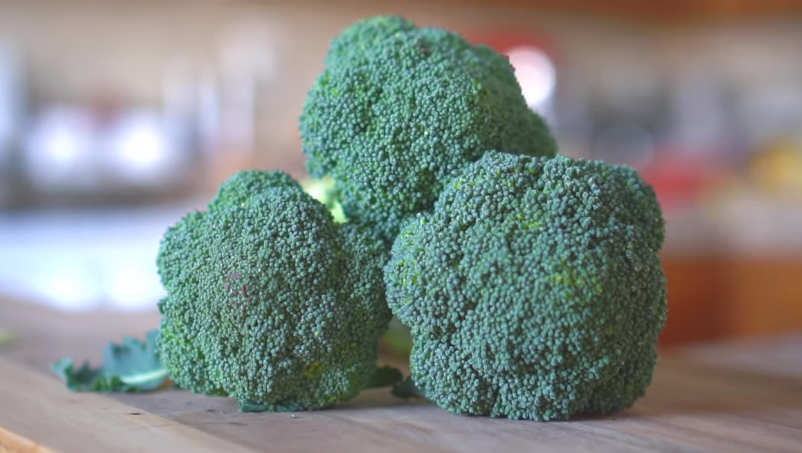
In addition to the general ones, you can group broccoli in several types including the Chinese varieties, Specialty species, and mid-season variants.
Aside from the usual dark green broccoli, you will find others that are skinner and come in different colors like white as well as purple.
1. Amadeus Broccoli
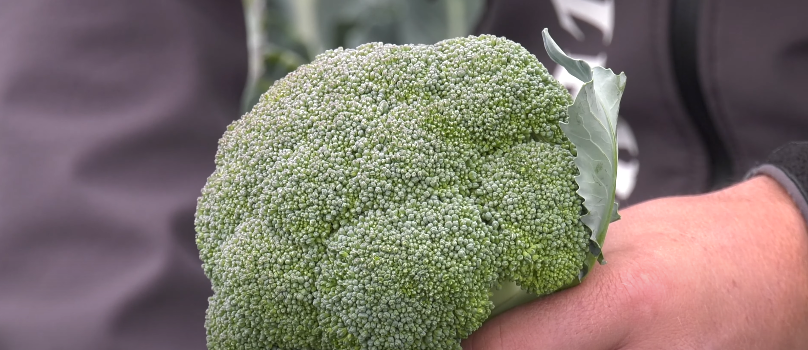
Let’s start with something pretty popular as the Amadeus broccoli that features tight heads and somewhat smaller beads.
However, you do not need to wait for more than two months to harvest the Amadeus. This variety will grow up to 5 inches in diameter and has a blue-green color when mature.
2. Arcadia Broccoli
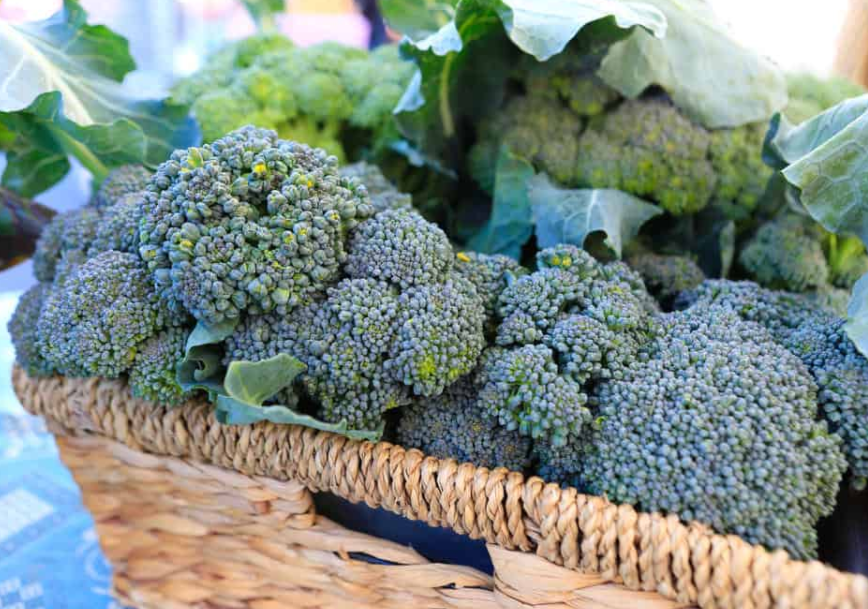
Arcadia broccoli can withstand the cold and is highly tolerant to downy mildew as well as head rot issues.
These types of broccoli have uniform heads that come in a purplish-green color and small size. You can expect to enjoy the Arcadia after two months of planting.
3. Blue Wind Broccoli
You will love to grow Blue Wind broccoli at home considering that this variety is an early boomer.
There is no need to wait more than two months for the Blue Wind to mature. Besides, it has big, tight heads in blue-green color for your added interest.
4. Calabrese Broccoli
Featuring a huge central head with dark green, tense small buds, Calabrese broccoli serves an impression of a tiny tree.
Otherwise, it can create a very thick stem and is ready to harvest approximately 65 days after planting. Once you harvest the central head, anticipate the plant to produce lots of side shoots.
5. Gypsy Broccoli
Similar to other types of broccoli, the Gypsy also matures in around two months. It features a highly wonderful root system and produces perfectly fine.
Gypsy broccoli comes with medium to small-size green heads. Besides, this variety is highly tolerant to heat and can generate numerous side shoots.
6. De Cicco Heirloom Broccoli
These broccoli varieties have smaller heads and are very versatile as you can enjoy them in a sort of way.
Despite its tinier head, the De Cicco Heirloom broccoli matures more quickly than others. You don’t need to wait for over 50 days to enjoy this delicious vegetable.
7. Eastern Magic
Eastern Magic is a variety of broccoli that is very flavorful. Then, it comes with big blue-green heads and matures between 60 and 65 days.
Like some other types of broccoli, the Eastern Magic is also heat-tolerant. Then, it typically grows well during fall and spring.
8. Express Broccoli
This one of the mid-season varieties matures a little bit too late since it requires roughly 75 days for blooming.
Moreover, express broccoli will generate many side shoots and can reach up to 6 to 7 inches across. Visually speaking, this variety comes with tight, blue-green heads.
9. Diplomat Broccoli
Diplomat broccoli can tolerate various types of mildew and has uniform heads that measure 4 to 6 inches in diameter.
These types of broccoli are dark green in color and perform well in colder environments. In addition, the Diplomat takes a little over 60 days to mature.
10. Belstar Broccoli
Thanks to its tasty and crunchy flavor, Belstar broccoli is one of the best choices when you want to grow a mid-season variety.
Besides, the Belstar comes in a lovely blue-green shade and has tight heads. Wait for about 60 days to see this variety flourishing throughout spring as well as fall.
11. White Sprouting Broccoli
Having a similar appearance to cauliflower, this white broccoli is an open-pollinated variety that generates fewer flowers.
In addition, white Sprouting broccoli serves a milder taste, comes with loose heads, and has slim stalks that make it resemble cauliflower.
12. Santee Broccoli
It is safe to say that these types of broccoli are among the most unique ones because of their purple bugs.
Then, this purple sprouting broccoli is very tender and tasty. Make sure to grow it in winter to prevent the vegetable to taste bitter.
Santee broccoli is also unique when you cook it as the color will change from purple to green here.
13. Fiesta Broccoli
Maturing after 70 days of planting, the Fiesta broccoli performs well in late summer for winter or fall harvesting time.
Otherwise, different from some types of broccoli, Fiesta produces limited side-shoots and does not tolerate heat as excellent as the others.
14. Romanesco Broccoli
If you love to try a Romanesco broccoli recipe, growing this Italian heirloom in your garden makes a great idea too.
Indeed, Romanesco is a hybrid between a cauliflower and a broccoli plant, making it feature such an exceptional appearance.
Aside from its fascinating appearance, Romanesco also tastes great and matures for less than three months.
15. Waltham 29 Broccoli
This heirloom variety generates multiple chunky, blue-green heads that measure around 4 to 8 inches in diameter.
Waltham 29 broccoli takes around 70 days to mature and will generate several side shoots. Hence, you should grow it for spring or late fall production for the best result.
16. Kailaan Broccoli
Kailaan is a Chinese variety that takes about two months for maturing. These types of broccoli have a deep green color and may reach 6 to 8 inches across.
Moreover, since Kailaan does not always perform well in hot climates, consider planting this broccoli at the beginning of spring or late summer.
17. Happy Rich Broccoli
Maturing in roughly 55 days, the Happy Rich broccoli is a kind of vigorous plant that creates numerous side shoots.
Also, this Chinese variety generates big florets that sometimes appear like the miniature heads of broccoli.
18. Broccolini
Aside from the varieties of broccoli, people tend to search for different types of broccolini as well.
Broccolini itself refers to the side shoots that spring out after you harvest the broccoli heads. Besides, it provides a tasty flavor and flexibility for cooking various recipes.
19. Apollo Broccoli
These types of broccoli require nearly two to three months for maturing, but the production is frequently generous.
Since Apollo broccoli generates many side shoots, don’t forget to harvest the primary heads only. Thus, make sure that you never grow this variety in extreme climates for the best taste.
20. Suiho Broccoli
Suiho cultivars are hybrid types of broccoli that is popular for those who live in hotter regions. Thereupon, these variety can withstand heat pretty well than the non-hybrid cousins.
However, you need to wait for a little more than a month for the Suiho broccoli to reach maturity.
21. Burbank Broccoli
The creamy-white spears of these types of broccoli are light green in color and create tiny florets. Meanwhile, the Burbank takes roughly 190 to 200 days for maturing.
22. Burgundy Broccoli
If you cannot wait for so long to get the Burbank variety to reach maturity, Burgundy broccoli may make a great choice.
Further, Burgundy broccoli can mature within 60 to 70 days and will generate purple florets on its purplish-green slender stems.
Additionally, the broccoli plants will provide you with a sugary, tender taste that makes a great complement for salads and other favorite dishes.
23. Marathon Broccoli
People in the areas near the Pacific Northwest or Northern California should take these types of broccoli into account.
Marathon broccoli is delicious and crunchy. Thus, you just need to plant the variety in fall for harvesting a little over 60 days afterward.
24. Destiny Broccoli
This hybrid variety produces mid-sized green rounded heads that measure around 12 to 18 inches. However, different from many others, the Destiny broccoli does not grow side shoots.
25. Packman Broccoli
Packman is also another type of hybrid broccoli that you can find in the market. Then, it prefers warmer climates and can withstand clay soil very well.
Moreover, the growers love the good-sized of the Packman’s main head that tastes mild. Similar to others, this variety will generate side shots after harvesting time.
26. Majestic Crown Broccoli
If you are interested in hybrid types of broccoli, the Majestic Crown makes a great choice as well. Similar to Packman, it also grows well even in hot environments.
Additionlally, make sure to plant the Majestic Crown broccoli in spring for the best result.
27. Premium Crop
Last but not least, this hybrid variety is pretty popular for its wonderful and flavorful taste. The Premium Crop also comes with a fine texture that can hold the mild tang even in warmer sites.
The premium Crop is currently one of the most favorable hybrid varieties among most growers. Besides, this broccoli typically produces a big compact head that reaches around 6 to 9 inches in diameter.
Above all, diverse types of broccoli are available to make it easier for you to select the right variety based on your preference and condition. Thus, simply pick and happy gardening!
How many difference of the Types Of Brocoli
-
What is the difference in broccoli rabe and broccolini?
Broccoli rabe is green broccoli florets that have been braised until they are tender and sweet. The leaves are then added back to the pan to give the dish a bitter twist, and the dish is served over pasta. Broccolini is a variant of broccoli rabe that has been cut into smaller pieces. It’s a popular ingredient in stir fries. Both broccoli rabe and broccolini are very nutritious vegetables with a mild, slightly bitter flavor.
Conclusion
In conclusion, Broccoli is a plant with many health benefits. It contains compounds called glucosinolates that have anti-cancer properties. One type of broccoli, known as purple sprouting broccoli, contains sulforaphane, which is found in broccoli that has been eaten and stored for some time before being cooked. However, if you are buying broccoli that has been frozen, canned, or dried, you are not actually consuming any sulforaphane. Instead, sulforaphane is created when broccoli is cooked or boiled, so buy fresh broccoli whenever possible.